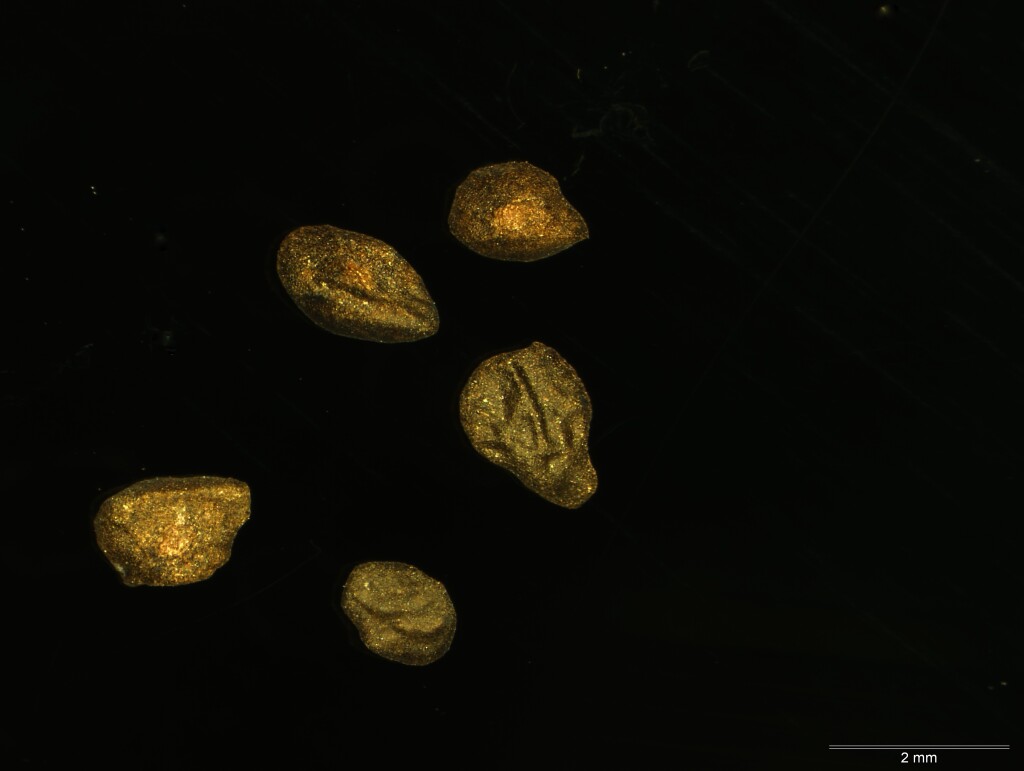Eucalyptus ignorabilis
L.A.S.Johnson & K.D.HillTree to 20 m tall; bark rough, firm, spongy over whole trunk becoming ribbony on the branches; smooth bark on branches and saplings orange. Juvenile leaves very shortly petiolate, opposite for few nodes, broadly lanceolate to ovate, 4.5–9 cm long, 1.5–3 cm wide, green; adult leaves petiolate, alternate, lanceolate or falcate, 8–18 cm long, 1.5–2 cm wide, concolorous, dull, green to grey-green; reticulation dense, with obscure, scattered oil glands. Inflorescences axillary, unbranched; peduncles to 0.8 cm long, 7-flowered; buds pedicellate, ovoid, to 0.5 cm long, 0.5 cm diam., scar present; operculum conical; stamens inflexed; anthers dorsifixed, cuneate; ovules in 4 vertical rows; flowers white. Fruit pedicellate, cupular to campanulate, to 0.5 cm long, 0.5 cm diam.; disc raised-annular, valves 3, broad, exserted; seed dark brown, flattened-ellipsoid, shallowly reticulate, lacunose, hilum ventral.
GipP, CVU, EGL, HSF, HNF, HFE. Also NSW. In Victoria occurring sporadically, east from Erica, mainly on sandy, well-watered soils. Flowering time unknown.
Eucalyptus ignorabilis has been confused with E. fulgens which is distinguished by the coarsely furrowed rough bark and glossy green leaves.
Plants from the Lerderderg State Park differ from the typical form of E. ignorabilis by the lanceolate juvenile leaves and slightly lustrous rather than dull adult leaves. Further work is warranted to understand if and at what rank these trees west of Melbourne should be recognised.
Brooker, M.I.H.; Slee, A.V. (1996). Eucalyptus. In: Walsh, N.G.; Entwisle, T.J., Flora of Victoria Vol. 3, Dicotyledons Winteraceae to Myrtaceae, pp. 946–1009. Inkata Press, Melbourne.
 Spinning
Spinning

